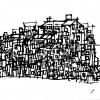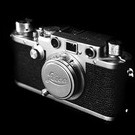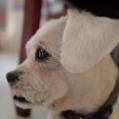Rangefinderproblems on new M9s
-
Recently Browsing 0 members
- No registered users viewing this page.
-
Similar Content
-
New Sakura
By mikozia,
- 2 replies
- 179 views
-
- 0 replies
- 122 views
-
- 1 reply
- 282 views
-
- 12 replies
- 699 views
-
- 2 replies
- 286 views
-






Recommended Posts
Join the conversation
You can post now and register later. If you have an account, sign in now to post with your account.
Note: Your post will require moderator approval before it will be visible.